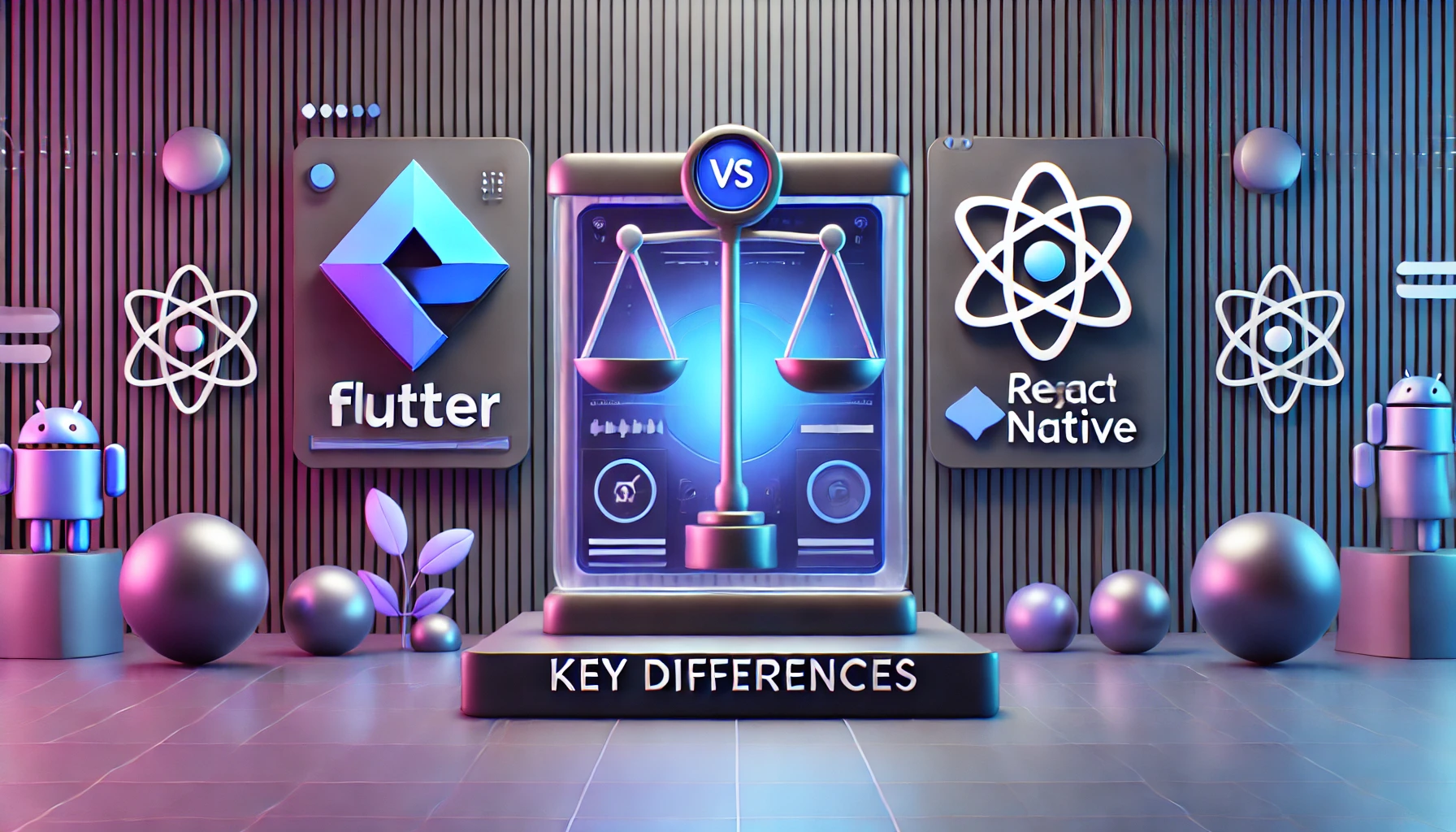Choosing between Flutter and React Native is a big decision for app developers. Both frameworks dominate the cross-platform development world, but which one is better suited for your goals? Let’s break it down step by step.
What is Flutter?
Flutter is Google’s open-source UI toolkit for building natively compiled apps across Android, iOS, web, and desktop platforms using a single codebase. It uses Dart as its programming language and offers unmatched visual consistency.
Why Flutter Stands Out
- Fast Development (Hot Reload): Makes coding seamless by instantly updating changes without restarting the app.
- Rich Widgets Library: Comes with customizable widgets that ensure beautiful and responsive designs.
- High Performance: Flutter compiles to native machine code, delivering apps with near-native performance.
- Multi-Platform Support: Build apps for mobile, desktop, and the web without switching tools.
Limitations of Flutter
- Smaller developer community compared to React Native.
- Dart is less familiar than JavaScript, meaning a steeper learning curve for many developers.
What is React Native?
React Native is Facebook’s open-source framework built on JavaScript and React. It enables developers to write a single codebase and produce apps for both iOS and Android while maintaining a native look and feel.
Why React Native Stands Out
- JavaScript Advantage: JavaScript is one of the most widely used programming languages, making React Native easy to learn.
- Large Ecosystem: A huge collection of libraries and community support for faster development.
- Native Experience: It integrates seamlessly with native code, offering platform-specific components.
- Trusted by Big Names: Used by companies like Instagram, Airbnb, and Tesla for their apps.
Limitations of React Native
- Slower performance for apps that require heavy animations or calculations.
- UI may vary slightly between platforms, requiring additional tweaks.
Flutter vs React Native: Key Differences
| Feature | Flutter | React Native |
|---|---|---|
| Language | Dart | JavaScript |
| Performance | Near-native | Slightly slower |
| Community Support | Smaller but growing rapidly | Large and established |
| UI Customization | Advanced, thanks to widget library | Uses native components |
| Best For | Apps requiring pixel-perfect UI | Apps needing quick development |
Which One Should You Choose?
- Choose Flutter if:
You want excellent UI design, seamless multi-platform support, and are ready to learn Dart. - Choose React Native if:
You value JavaScript’s simplicity, need to use many third-party libraries, or require a native app look.


